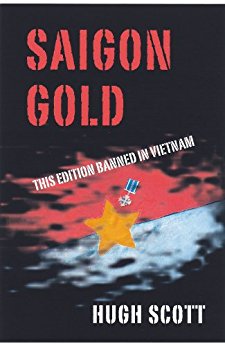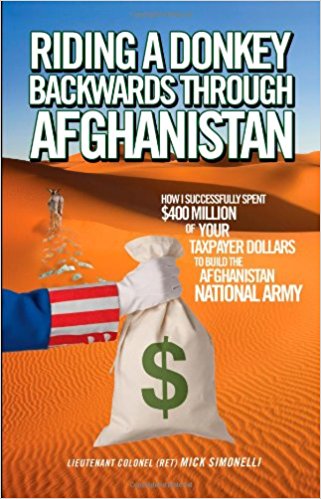MWSA Review
Flint Whitlock's novel, Internal Conflicts, is both distressing, and endearing. With its amusing but flawed protagonist, it mimics the cynical symbolism of a 1960s anti-war movie, The Americanization of Emily. However, Peter isn't an intellectual coward. The actual story begins with a flashback. Peter Lutin is a Second Lieutenant in the US Army who obsesses on his personal inadequacies. He's too short, not athletic enough, a virgin at an age when the status reflects on manhood rather than character. He has abandonment issues. He worries about his inability to make moral stands--and while he recognizes that the times are changing, his personal journey is one of confusion and self-doubt. He's the proverbial lonely man in a crowded room.
The author uses Peter's wobbly perspectives to demonstrate the anxious 1960s. A product of the manic paranoia brought home by many World War II veterans, Peter's naive view of the world sets him up for one disappointment after another. Women are illusive Madonnas. The Kennedy Assassination both breaks his heart and inspires him to take up the banner of his fallen hero. Authority figures are always right and just. One must be responsible and make the hard decisions. Like many young men of the times, idealism ruled most of Peter's life. The rest was a restless search for sexual intercourse.
Unfortunately, Peter's treasured precepts seem quaint and untenable as he starts his Army career. He discovers that women can be as coarse and free-wheeling as any college frat. The military shakes his naive view of justice and his new friends present him with a cynical world view that he can't quite accept or defend. Worse, when he suspects that a friend has been murdered, Peter doesn't have the courage to challenge the wrongdoer.
Internal Conflicts is a page-turner. However, the final chapters do not tie-together all the issues the author raises in the first 200 pages. Interestingly, this doesn't detract from the novel, but adds a twist that rings true. In Whitlock's somewhat shocking conclusion, we see Peter face many of his fears and take a stand -- unfortunately, like the less-than satisfactory ending of The Americanization of Emily, that stand can't be sustained and the choices presented to the protagonist are muddy combinations of right and wrong. Unlike the movie, Peter pays an enormous price for his choice.
Baby boomers will relate to this tale. Trying to live up to the expectations of the "Greatest Generation" was not an easy task and the transition from confused and insecure childhood to independent adulthood was difficult for many. Peter's struggle will resonate with those who faced a changing social structure, bitter disappointment in friends, family, and the object of our affections--and the angry reproachment of parents whose youthful passion had been channeled into more acceptable avenues. While not technically a "war" book, there is a single, heartbreaking, bifurcated scene.
This book deals with adult themes and although not overt, the sexual scenes are not intended for youngsters.
Reviewed by: Joyce Faulkner (2010)
Author's Synopsis
The novel follows the life of Peter Luton, a young, idealistic Army officer in the mid-1960s caught up by the events of the Vietnam War and desperately seeking a path to manhood. Stationed in West Germany where he is enjoying the hedonistic good life, he is fearful of being sent to Vietnam. At last the inevitable happens and he finds himself in the war zone. He comes to the conclusion that manhood can only be won on the battlefield--a realization that leads to a shattering climax on a South Vietnamese highway.




















